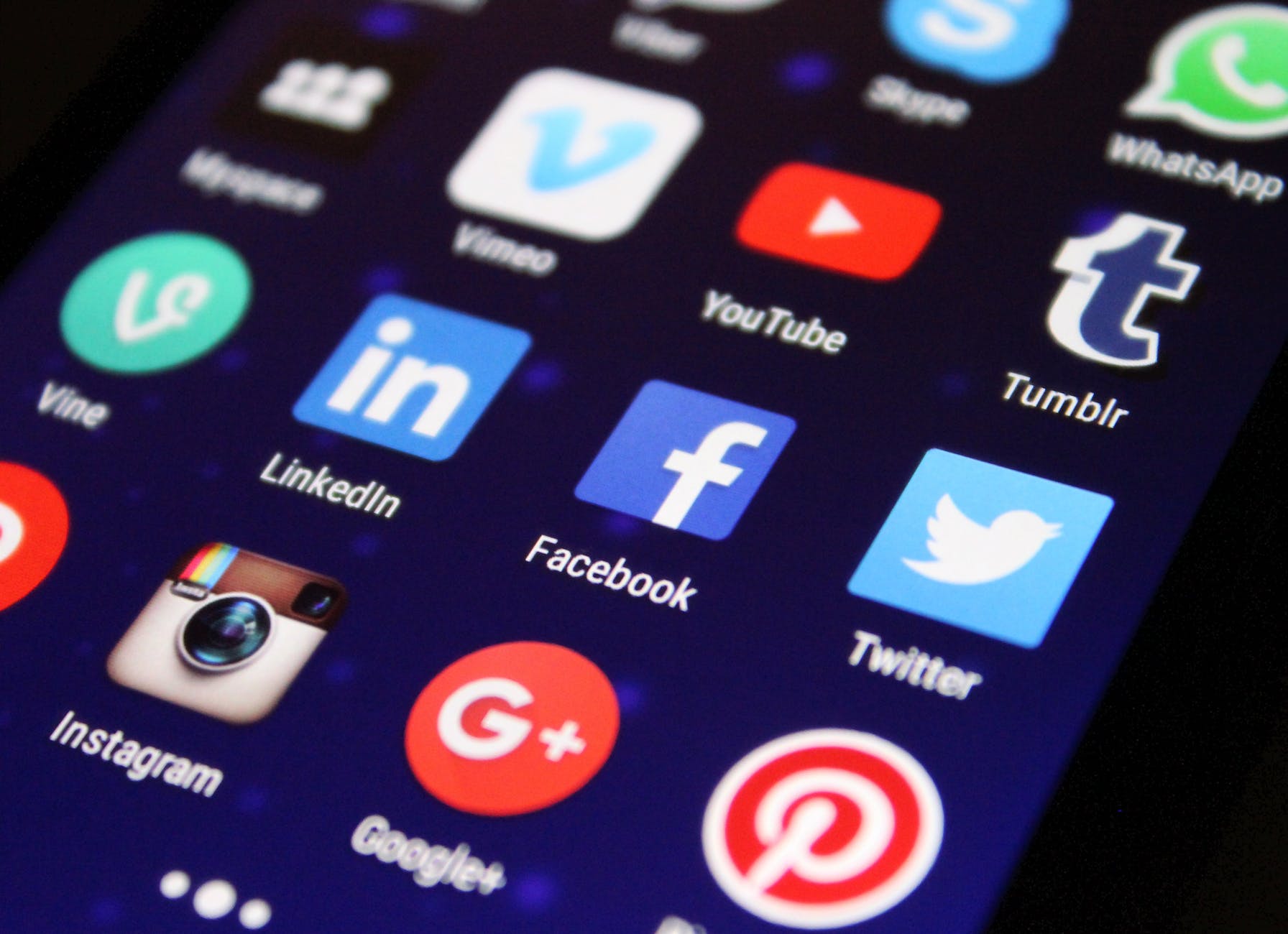Everyone is talking about the Apple Vision Pro and will keep talking about it…until the end of the week.
Here’s my summary in handy list form, after watching the WWDC keynote:
- MacBook Air 15 inch: Appears to be exactly that, the same M2 Air but with a bigger display. Price is reasonable! Keeping the M1 Air in the line-up when it’s only $100 less than the M2 version is odd. Apple does this sort of thing a lot. Apple is odd.
- Mac Studio with M2: Nice to see this new product getting updated. No price change on the default config, but it should still come with a 1 TB SSD standard (it comes with 512 GB).
- Mac Pro: WTF LOL etc. After being very late in completing their transition to Apple Silicon because of the Mac Pro, what they released is kind of baffling. First, they re-use the Intel case from 2019. OK, no real issue there, but in terms of specs, this is a Studio with some PCI slots, a few more Thunderbolt ports and it costs…$3000 more. Also, unlike the Intel version, you can’t have separate graphics (integrated on the SoC, like the Studio) and ram is limited to 192 GB instead of 1.5 TB (!). In several important ways, this is worse than the Intel Mac Pro and unless you absolutely need PCI slots for…something (other than graphics cards), it’s a terrible value and not really expandable in the way a traditional desktop PC is. Apple should just kill the Pro, they have basically been botching it for a decade now. Also, I predict this Pro will receive no updates, just like the last two Pros they released that were left to wither and die.
- Mac gaming for real this time! Proof: Another four-year old PC game is getting ported, this time it’s Death Stranding.
- iPadOS: The pattern is now clear: This gets one or two token new features, then last year’s leftovers from the iPhone. Apple can and should do better.
- Speaking of better: They didn’t really show it, but Stage Manager sounds like it’s close to the state it should have been when they introduced it a year ago.
- iOS: Some nice little things, nothing really outstanding. I think it’s due for a major redesign, but Apple is probably too conservative now to do that.
- watchOS got a new widgets interface that look interesting. I’m not sure about devoting a button to Control Centre, considering how seldom I used it when I had various Apple Watches.
- macOS: I had to actually edit this back in, after forgetting about the Mac completely (I am even typing this on a Mac, ironically). Again, a few nice little things added (widgets again, so Dashboard has been sort-of revived), but nothing remarkable.
- The Home app was not mentioned and remains bad.
- You can now say Siri instead of Hey Siri. But is Siri itself any better? They didn’t really say!
- The Journal app1Cleverly called Journal (iPhone only) sounds kind of creepy, drawing from other apps on your phone to suggest/cajole. I don’t need my phone watching me and making suggestions on what to do or write about.
- Craig is the only one who seems natural at presenting and obviously loves the meme-generating moments. He also has a boffo announcer-style voice.
- The Vision Pro headset is even more expensive than the rumours suggested, at $3500. This is ultra-niche territory, and I have a hard time thinking how Apple could scale this down to something “affordable” for a non-pro version. And Apple’s idea of affordable is probably $2000, anyway.
- The fake eyes on the Vision Pro are super creepy.
- Apple showed nothing that came even close to a killer app for the thing. In fact, they didn’t show ANYTHING that was compelling, just “all the stuff you normally do, but now in 3D floating in front of you!” Some have suggested watching movies/TV will be the killer app, but for $3500? No.
- The Vision Pro has two hours of battery life, which means you could watch the first two-thirds of the regular version of The Fellowship of the Ring before it dies.
- The media is saying it’s the best VR headset out there. I mean, for $3500, it kind of better be.
- The stuff with Bob Iger was cringy and fake. And that sweater looked weird, not causal.
- But hey, you can now have Snoopy on your watch face.
I think Vision Pro is going to amount to a whole lot of nothing2Yes, I am ready to be openly mocked if I turn out to be completely wrong about this. It’s vastly too expensive and inessential. When Apple can shrink this down to a pair of discreet-looking glasses and cut the price by $2000, then, maybe it will become a thing. And we’re probably 10 years out from that.
Overall, lots of nice little updates and tweaks, the new hardware is fine, if unexciting (save for the Mac Pro, which they should have just sent off to join AirPower in the Apple graveyard), and the Vision Pro is, I think, going to be the first major new Apple product to not really have much impact.
EDIT: Honeybog in the comments on Ars Technica actually says some things about the Vision Pro that make sense to me. I’ve almost changed my mind. What he said is below. The Ars article is here.
I wasn’t very enthusiastic about Apple getting into AR/VR, but one thing that really impressed me with that keynote presentation was how thoroughly they made a case for using these, which is something no other company has been able to do beyond gaming. Facebook’s most compelling case was what if your employer subjected you to living in a world that was part 2006 Wii graphics and part 1984. In some ways, Apple being able to make a case for why this space should exist is a bigger deal than the technology behind it or how many they sell. It made me want to work on my Macbook on a plane and not have the person next to me or behind me viewing my screen. It made me want to have a workspace with adjustable windows, have a standing desk just by standing, not have to deal with monitors. It made me want to watch a movie on this. It really made me want to smoke some pot, put on some music, and look through old travel photos with this. I don’t want any of these things for $3,500, but I don’t think that matters. Apple managed to make the first non-gaming compelling case for these, and I don’t see that genie getting put back in the bottle. It’s too expensive for most people, but I think the fact that they started with “Pro” tells you everything you need to know about how this is going to get segmented. Apple is clearly starting at the high end, because they can’t afford a flop, but I have no doubt we’ll see a version below $2,000 (I think the sweet spot is $1,200) within a year or two.









